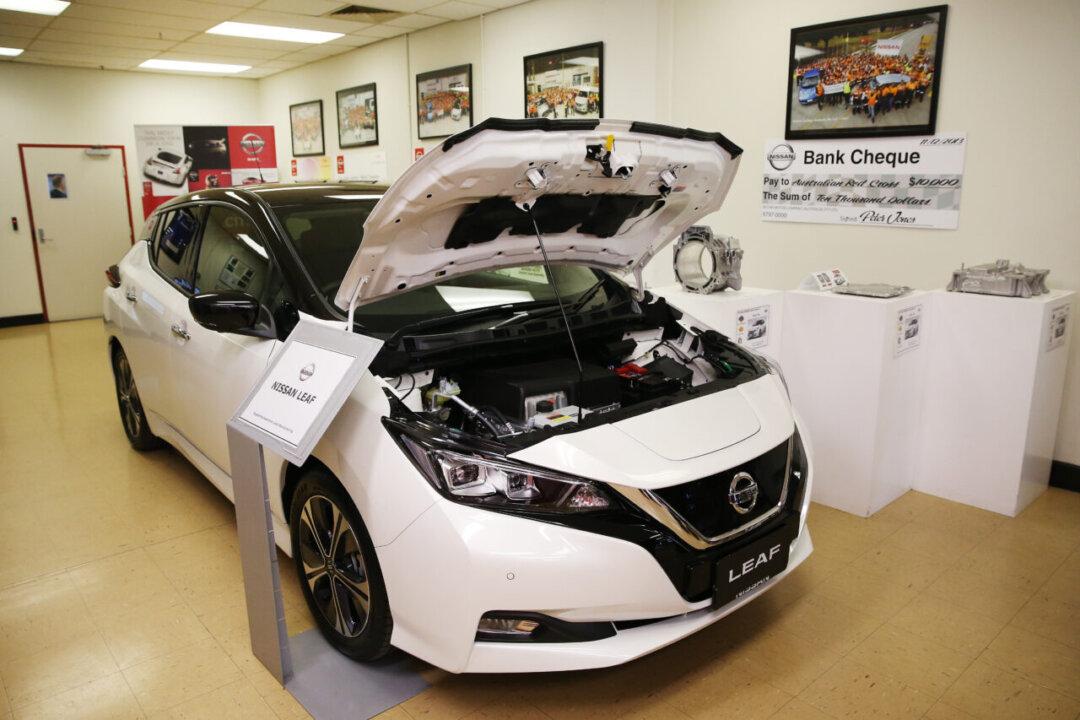Lift the bonnet of an electric vehicle (EV) and it might seem like something is missing.
Electric cars have no transmission, fuel pump, head gasket or spark plugs, and fewer moving parts overall.

Lift the bonnet of an electric vehicle (EV) and it might seem like something is missing.
Electric cars have no transmission, fuel pump, head gasket or spark plugs, and fewer moving parts overall.